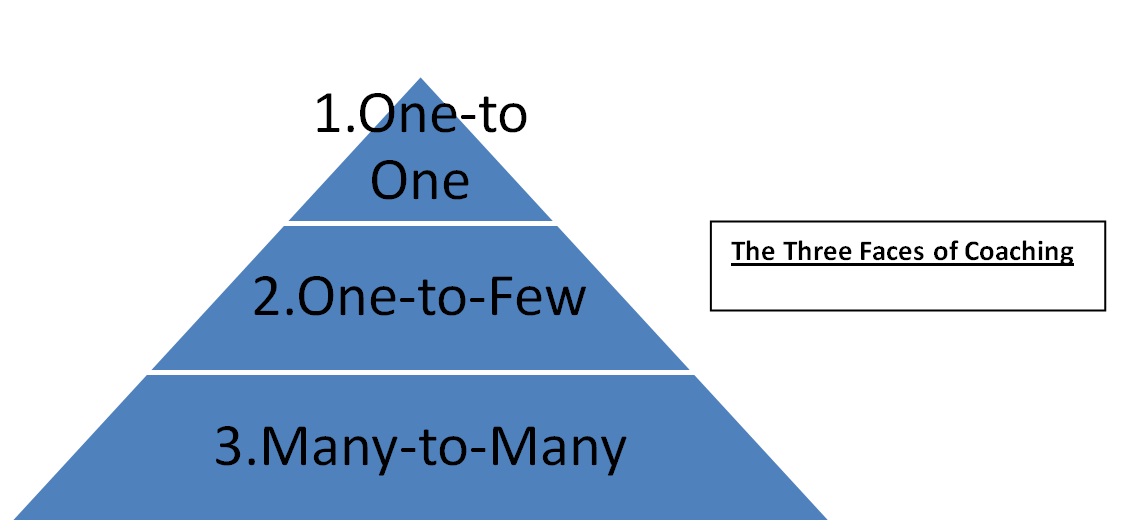In this article, Michael Lewis explores the different types of coaching available to businesses and explains the value coaching can add in creating a resourceful and engaged workforce.
Why coach?
Many organisations invest in coaching, but not all get maximum value from it as they don’t think more laterally about all the possibilities it has for changing a business. Yet, brought into a business effectively, coaching has the potential to create a culture of learning and an ethos whereby people think for themselves so that they go to their managers with part solutions, rather than full-on problems, and that’s got to be a good thing.
Unlike mentors and trainers, coaches are facilitators, focusing on process rather than content. This means they don’t need to actually have the skill they are helping someone to improve, although an understanding of the business helps in terms of giving context to individuals' roles and issues. The most important skills for a coach are to be an analytical thinker, a sympathetic listener and to have the confidence to challenge someone about what they are doing or how they are doing it.
It is these skills that help a coach unlock the potential that can be found within the business. As coaching guru Timothy Gallwey explains, the effects of coaching can have a significant impact on changing behaviour. He was a nationally ranked tennis player who became an instructor and he found that progress in his students was much more rapid when he encouraged them to improve their strokes themselves through an increased self-awareness of how they were playing – rather than through telling them the right and wrong way of doing things.
Not all coaching is the same
However, think of business coaching, and business leaders tend to think primarily about executive coaching. In reality, though, this is only one of the three key coaching dimensions that we recognise which can be used to accomplish different business objectives. By understanding the differences between these dimensions (which are not mutually exclusive) businesses can identify what is right for them, and how to optimise its impact across the whole company :

- One-to-one (executive coaching)
Whilst it is likely to have an ultimate impact on business goals, executive coaching is predominantly about helping senior business leaders form and achieve their own individual goals. Typically this kind of one-to-one approach requires the services of a professional coach to be brought into the business. Many organisations use this as a means to give their leaders a business 'health-check' so they can evaluate for themselves that they are on track. In addition, it can help to challenge leaders so they avoid 'coasting', instead pushing them to look at how they can stimulate the business into an even more dynamic one.
- One-to-few (management coaching)
Also likely to be carried out by a professional coach, one-to-few coaching focuses on helping a management team (or other business group) achieve team goals. Bringing people together with different skillsets and a potential smattering of egos does not always make for instant success. One-to-few coaching is a great way of aligning a team around these shared goals and building on the collective momentum of the group. By facilitating the group to collectively come up with the ideas and way forward to achieve their goals, a coach can be instrumental in gaining buy-in across the group and help ensure that targets are achieved.
- Many-to-many (cross-company coaching)
Many-to-many coaching is about helping individuals in the business achieve everyday goals, from how to run a meeting through to how to handle customer complaints. The approach sees coaching skills embedded into the business at all levels and becoming a way of communicating across the business. The success of this type of coaching lies in the fact that many people making a small difference can add up to something big. Most people can be trained to coach and by creating a coaching-led culture within a business, leaders can ensure that knowledge and expertise is shared across the business and staff are given what they need to be resourceful.
Building a coaching framework
To instil coaching skills within staff it is important to give them a framework they can use in any situation which gives them a bank of useful coaching questions. We have found the ‘GROW’ model works well in most cases:
Goal – help someone clarify what they want to achieve and clearly define their goals
Reality – help someone take a helicopter view of where they are now, how far away their goal are from their and the issues and challenges in their way
Options – encourage people to come up with their own ideas about the different routes they can take to achieve their goals. Brainstorming and mind-mapping techniques can help here
What next – having helped someone to identify their options, you can then help them work through them and identify for themselves which are the most realistic and helpful routes to take in order to create their own road map
The value of shared knowledge
To arm your staff with the expertise to coach in this way can work like lighting touch paper – it encourages staff to think for themselves about how they can improve their own performance and that of the business.
It can also help business to create a more democratised style of leadership within the organisation by sharing more skills across the workforce. This allows a flatter structure that frees leaders up to lead rather than trying to have a hand across all aspects of the business. It provides a great way to encourage junior staff to up-skill their bosses too, especially in fast-changing sectors such as marketing and technology where many people are carrying out tasks that business leaders have never been involved in.
Finally, it can provide a means to improve return on investment from coaching overall. Business leaders who learn from their own one-to-one and one-to-few coaching can cascade skills down throughout the business, creating a powerful force for change.
Michael Lewis is managing director at leadership development and training company Different Dynamics









